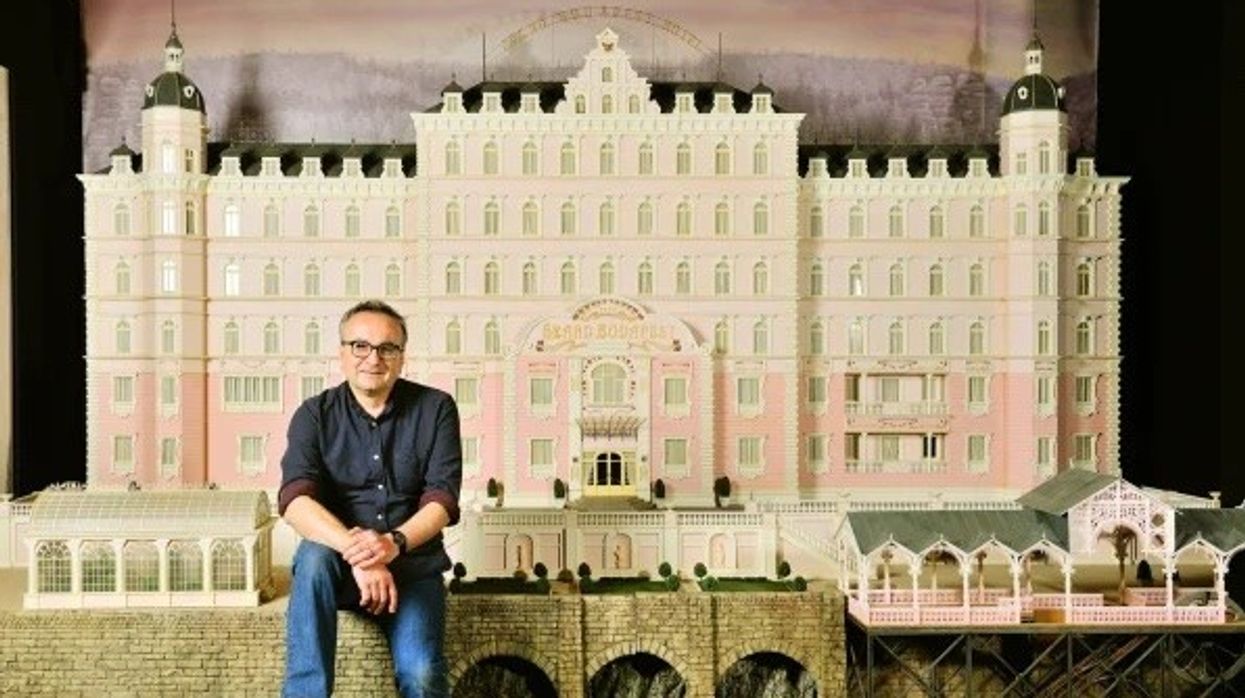How Does Wes Anderson Use Miniatures and Forced Perspective?
A look into how directors like Wes Anderson have made use of miniatures throughout film history.

Without getting into a long (and heated, on my end) debate about the merits of Wes Anderson’s signature style, the one thing we can all agree on is making films with miniatures instead of CGI is neat.
Not only is it neat (and if you disagree, we will fight), but it is also a practical filmmaking trick that can be traced back to the earliest days of cinema. While most films would rather use CGI or other digital solutions, there’s still something to be said about the real, in-camera looks created by these hand-crafted sets and props.
So, in honor of Wes Anderson’s newest film, Asteroid City, which makes perhaps the most obvious use of miniatures of any of his projects, let’s take a look at how everyone’s favorite stylized director uses miniatures and how you too can use forced perspective in your films.
A (Brief) History of Miniatures in Film
As mentioned above, the history of miniature special effects in film can go back to the earliest days of the medium. Even in Georges Méliès’ famous A Trip to the Moon(Le Voyage dans la Lune) short, the iconic grumpy moon character prop was a miniature that made use of stop-action, double-exposure, and split screen effects.
Miniatures were the dominant form of filmmaking trickier for many decades to come as these forced perspective tricks were used in everything fromCitizen Kane to Godzilla to even 2001: A Space Odyssey. However, by the late 1990s and early 2000s, CGI began to finally replace this practice a bit more regularly.
Still, even today miniatures can be found on sets for major blockbusters and indie films alike (and if you’d like some more inspiration, here’s a great indie primer on how to pull off DIY miniatures and production tricks on set with Strawberry Mansion filmmakers Albert Birney and Kentucker Audley).

Wes Anderson and His Menagerie of Miniatures
While we can of course trace plenty of great examples of miniatures being used in famous films likeStar Wars and Blade Runner and so many more, most modern audiences might now be most familiar with miniatures in films from the stylized and almost self-aware miniatures used on Wes Anderson’s more recent films.
Again, without getting into a debate on the merits, Anderson’s films have often employed a tongue-in-cheek style of miniatures which are meant to look more stylistic and hand-crafted rather than simply focused on blending in with the production design. From his full stop-motion films like Fantastic Mr. Fox to Isle of Dogs, or his recent miniature works on Asteroid City and The French Dispatch, Anderson has developed his playful style of miniatures.
If you’d like to see some more behind-the-scenes insights into how Anderson and his team craft miniatures for his films, check out this full behind-the-scenes featurette from The French Dispatch in particular.
Tips for Using Forced Perspective
Now, while Wes Anderson might use miniatures for his stylistic approach, the art of miniatures and forced perspective is still very much a useful filmmaking trick and technique which can either be used to create beautiful sets and props which feel real and lived in the scene, or also provide a fun way to give your audience a glimpse of extra grandeur.
Truth be told, this filmmaking trick isn’t actually that difficult to pull off. With a basic understanding of perspective, depth-of-field, and framing, trying out a fun forced perspective shot can be a great filmmaking lesson to try out yourself.
Here’s a great tutorial to guide you through the process.
Ultimately the biggest challenge for any miniature forced perspective shot is going to be adding the huge amount of detail usually necessary to your miniature sets or props to make them look believable and real.
However, if you do want to go the Wes Anderson approach and try making more artistically stylized and fun-to-produce miniatures, you can always try that out for yourself and see what inspiration it provides.
How do you feel about Wes Anderson’s quirky miniature effects? Let us know your thoughts on this technique in the comments below.











